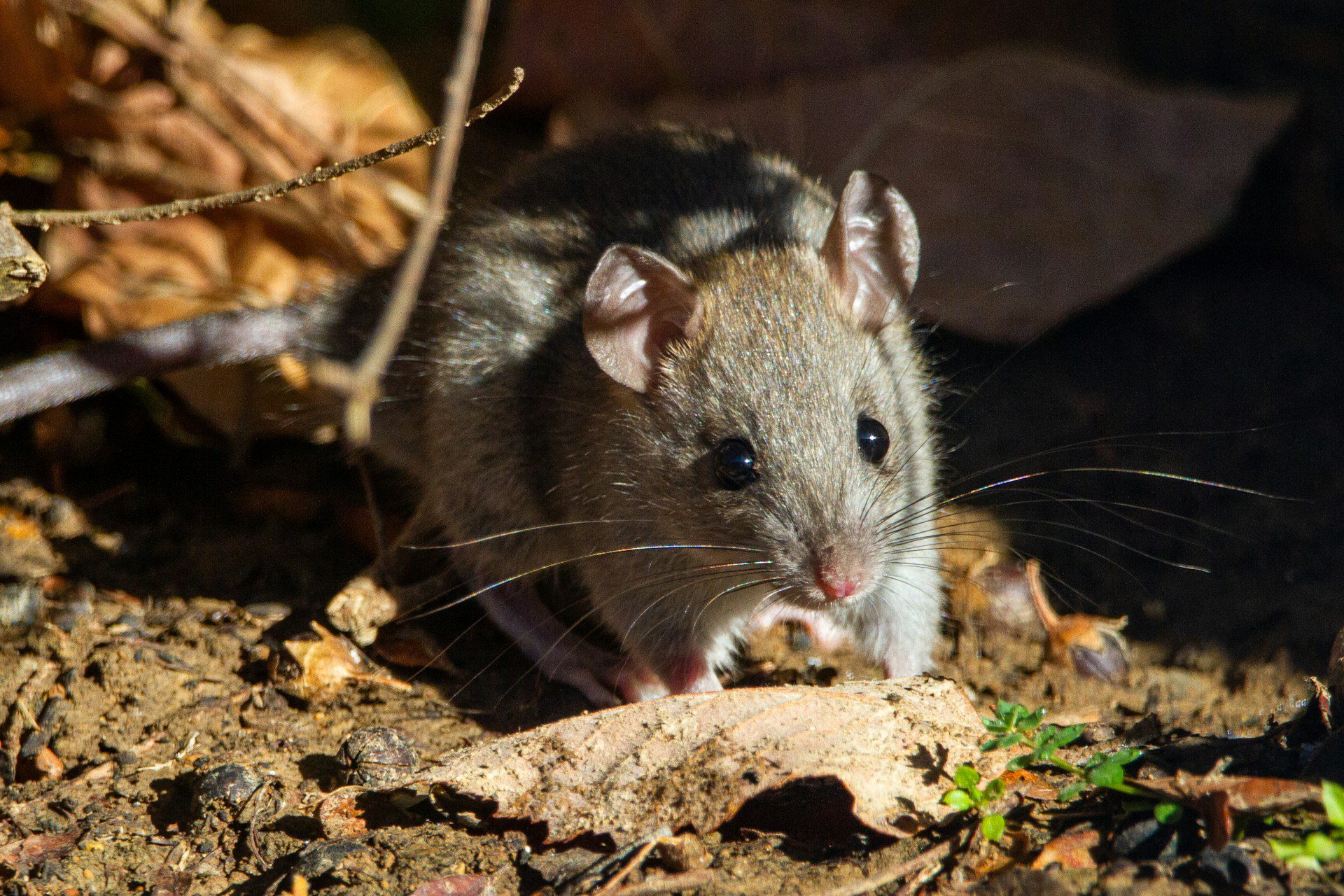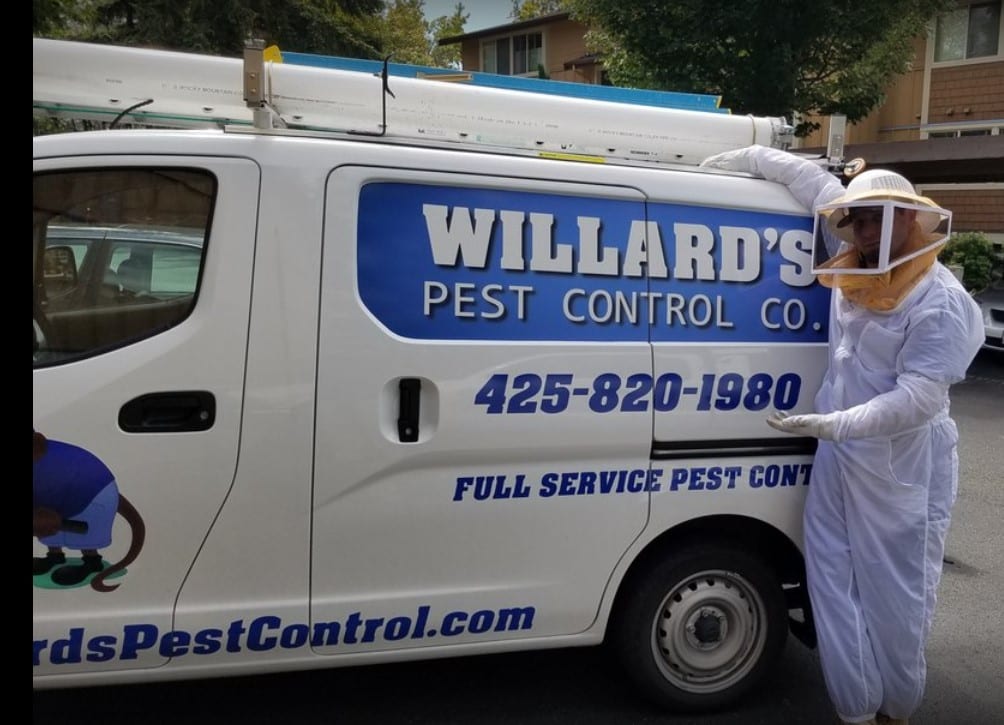

In the Pacific Northwest, particularly in Washington State, rodent infestations pose significant challenges for both residential and commercial properties. Understanding the common rodent species prevalent in the region is essential for effective prevention and management. From deer mice to roof rats, these intruders not only cause property damage but also carry harmful diseases. In this comprehensive guide, we explore the common types of rodents in Washington State and provide valuable insights into preventing and managing rodent infestations.
The House Mouse (Mus musculus)
Known for its adaptability and prolific breeding, the house mouse (Mus musculus) is a small mammal with a distinctive light brown or gray fur. These nocturnal creatures exhibit remarkable agility and intelligence, thriving in cluttered, secluded environments while posing significant health and structural risks to residential and commercial spaces in Washington State.
Description and Characteristics
The house mouse, scientifically known as Mus musculus, is a small mammal typically ranging from 2.5 to 4 inches in length, with its tail adding an additional 3 to 4 inches. Identified by its light brown or gray fur, the house mouse possesses relatively large ears, pointed noses, and a slender, agile build. Exhibiting remarkable adaptability, the house mouse is a prolific breeder, capable of reproducing throughout the year under favorable conditions.
Behavior and Habits
House mice are nocturnal creatures, thriving in cluttered, dark, and secluded environments. With an innate sense of curiosity, they explore their surroundings extensively, foraging for food and constructing nests using paper, insulation, and fabric. These rodents exhibit keen intelligence and agility, enabling them to access seemingly inaccessible spaces within residential and commercial structures. Their unsanitary habits pose significant health risks, as they contaminate food, surfaces, and utensils with their urine, feces, and hair.
The Norway Rat (Rattus norvegicus)
The Norway rat, scientifically known as Rattus norvegicus, is a widespread rodent species that has adapted to various urban and rural environments in Washington State. This resilient species is notable for its destructive habits and potential health hazards.
Appearance and Behavior
Norway rats are robust rodents with a heavy, thickset body, typically measuring up to 16 inches in length, including their scaly tail. They possess coarse brown or gray fur, small ears, and a blunt nose. Known for their exceptional burrowing capabilities, these rats are primarily nocturnal, displaying cautious and exploratory behavior. They are omnivorous by nature, feeding on a wide array of foods, and are adept swimmers, often inhabiting areas near water sources.
Environmental Preferences and Nesting Habits
These rats exhibit a preference for living in close proximity to human habitats, seeking shelter in basements, sewers, and other concealed spaces. They construct elaborate burrow systems, often located near steady food supplies and water sources. Their nesting habits include using soft materials such as shredded paper, cloth, and plant matter to create comfortable, secluded nests within their chosen environment.
The Roof Rat (Rattus rattus)
The roof rat, scientifically referred to as Rattus rattus, is a prevalent rodent species known for its tendency to inhabit elevated spaces and structures in Washington State. As an adaptable and agile creature, the roof rat has established its presence in both urban and rural environments, presenting unique challenges for pest management.
Description and Distinguishing Features
Roof rats are characterized by their sleek, slender build and a tail that is longer than the combined length of their head and body. Their fur ranges from black to brown, with a lighter underside. These rats exhibit exceptional agility and are skilled climbers, excelling at scaling trees, buildings, and other vertical surfaces with ease. Their large eyes and ears contribute to their keen sense of awareness and acute sensory perception.
Typical Behaviors and Nesting Preferences
Roof rats are primarily nocturnal, displaying cautious and elusive behavior during the day. They have a diverse diet, consuming fruits, grains, insects, and various human foods, making them adaptable to a wide range of environments. In terms of nesting preferences, roof rats favor elevated locations such as attics, rafters, ceilings, and dense foliage. They construct nests using soft materials like shredded plant matter, cloth, and insulation, often within close proximity to a food source and water supply.
Deer Mouse (Peromyscus maniculatus)
The deer mouse, scientifically known as Peromyscus maniculatus, is a common rodent species found across North America, thriving in a variety of habitats ranging from woodlands to grasslands. Recognizable for its endearing appearance, this species can present challenges when their populations grow unchecked in Washington State.
Characteristics and Habitat Preferences
Characterized by their bi-colored fur, deer mice typically exhibit a brownish-red to grey back that gradually fades to a white underbelly, with relatively large eyes and ears. About 5 cm to 7.5 cm in length, their tail is about the same length as their body. They prefer nesting in concealed, ground-level locations such as burrows, hollow logs, and even abandoned bird nests. Their adaptable nature allows them to inhabit diverse environments, from forests and fields to human structures like barns and sheds.
Potential Risks Associated with Deer Mouse Infestations
Infestations of deer mice can pose significant health risks, as they are carriers of hantavirus, a potentially life-threatening virus transmitted through contact with their droppings, urine, or saliva. As such, infestations in residential or agricultural settings require prompt attention to mitigate the associated health hazards and prevent potential outbreaks.
White-Footed Mouse (Peromyscus leucopus)
The white-footed mouse, scientifically referred to as Peromyscus leucopus, is a prevalent rodent species found in North America, particularly in woodland and brushy areas in Washington State. Despite its diminutive size, this species plays a significant role in its ecosystem and can impact human habitats under certain conditions.
Appearance and Behaviors
With its distinct bi-colored fur and notably white feet, the white-footed mouse exhibits a brownish-red back and a distinct white underbelly. Additionally, it possesses large eyes and ears, contributing to its keen sense of awareness in its active, nocturnal lifestyle. They are about 10 cm in length and have a tail that is shorter than their body. These mice are adept climbers and ground-dwellers, showcasing agility in both arboreal and terrestrial environments. They are known for their omnivorous diet, consuming seeds, insects, fruits, and even small vertebrates.
Environmental Factors that Attract White-Footed Mice
The environmental factors that attract white-footed mice include dense vegetation, shrubbery, and tree cover, as these provide ample hiding spots and nesting locations. Additionally, sources of food and water, such as bird feeders, fallen fruit, and accessible garbage, can further draw these rodents into residential and agricultural settings.
Field Mice (Apodemus sylvaticus)
Field mice, also known as field voles, are small rodents commonly found in fields, grasslands, and agricultural areas. Their presence can impact both natural ecosystems and human environments, making it important to understand their habits, appearance, and intrusion signs. These mice are known for their prolific breeding, with the ability to reproduce rapidly under favorable conditions, leading to population explosions in Washington State.
Appearance
Field mice typically have a brown or grayish fur color, blending in with their natural grassy habitats. They are distinguishable by their small size, with adults measuring around 3 to 4 inches in length, excluding the tail. Their tails are relatively short compared to their body length and are covered in a layer of short fur.
Identification of Field Mouse Intrusion Signs
Signs of field mouse intrusion include the presence of small burrow openings in grassy areas, shallow runways on the ground surface, and the gnawing and consumption of crops or garden plants. Additionally, droppings resembling small, dark pellets, and the discovery of nesting materials within structures or agricultural storage areas can indicate the presence of these rodents.
Other Common Rodent Intruders
In addition to field mice, there are other notable rodents commonly found in the region. Voles, often mistaken for field mice due to their similar appearance, are known for their underground tunneling and herbivorous diet. Additionally, chipmunks, with their distinctive stripes and cheek pouches, can occasionally intrude into gardens and residential areas due to their foraging habits. Squirrels, known for their bushy tails and arboreal lifestyle, and shrews, with their pointed snouts and voracious appetites, are also frequently encountered in this region. Understanding the behaviors and intrusion signs of these additional rodent species is essential for effective pest management and habitat conservation.
Certainly! Here’s a section on preventing rodent infestations using bullet points:
Preventing Rodent Infestations
Taking proactive measures to prevent rodent infestations is essential for maintaining a healthy and safe environment. By implementing targeted strategies and best practices, individuals can effectively mitigate the risks associated with rodent infestations in Washington State.
- Seal Entry Points: Conduct a thorough inspection of buildings and structures to identify and seal potential entry points such as gaps around doors, windows, and utility penetrations.
- Maintain Cleanliness: Keep indoor and outdoor areas free of food debris, maintain proper waste management, and regularly clean up spills to reduce potential food sources for rodents.
- Trim Vegetation: Trim back vegetation and remove any overgrown shrubbery near buildings to eliminate hiding places for rodents and minimize potential entry points.
- Secure Food Storage: Store food items in airtight containers and elevate them off the ground to prevent access by rodents, particularly in agricultural and storage areas.
- Implement Traps and Barriers: Set up traps and install physical barriers such as wire mesh or screens to protect vulnerable areas from rodent intrusion.
- Regular Monitoring: Conduct regular monitoring for signs of rodent activity such as droppings, gnaw marks, and burrow openings to detect infestations at an early stage.
- Professional Pest Control: Consider engaging professional pest control services for proactive measures, inspections, and targeted treatments to prevent and manage rodent infestations effectively.
Final Thoughts
In conclusion, understanding the behaviors, habitats, and preventive measures related to rodent intrusion is paramount for maintaining a harmonious coexistence with these ubiquitous creatures. By recognizing the signs of rodent presence, implementing effective preventive strategies, and seeking professional assistance when necessary, individuals and communities can safeguard their properties, agricultural resources, and natural ecosystems from the detrimental impact of rodent infestations. Through proactive measures and a heightened awareness of rodent management, we can foster healthier and more secure environments for all.


